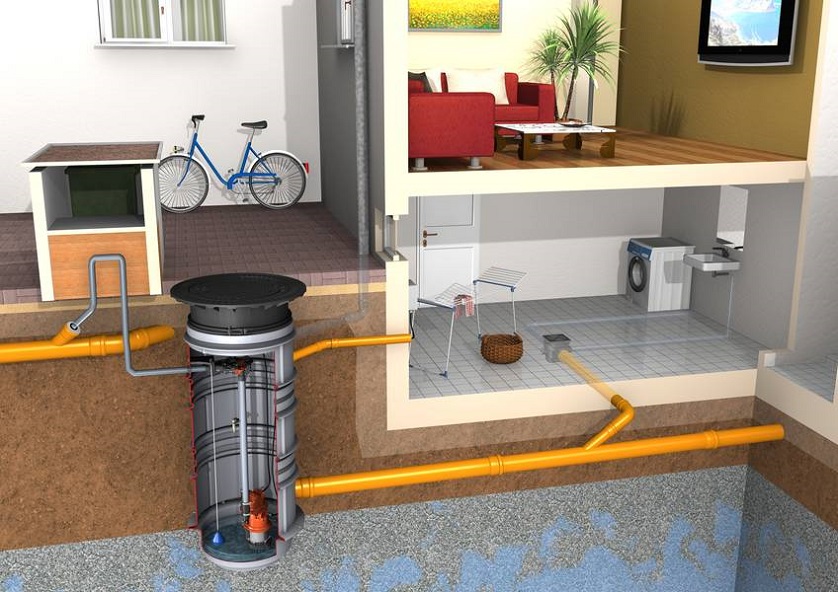Let’s admit it, nobody wants to think about sewage in their house. Many centuries ago people had chamber pots which were flung onto the street and even on passer-byes. So I guess we can all agree that thank goodness for sewer pumps, we don’t have to endure such grossness. This type of pump will do all the dirty work for you, handling the waste day in and day out. In fact, they aren’t getting the credit they deserve because they carry away this toxic ooze by pumping it out to a city sanitary system or septic tank without you ever seeing, smelling or touching.

A sewer pump allows water from the outside perimeter of your house to be drained away by pipes that empty into pump’s pit. Then when the sewage level inside the pit reaches a certain level (known as level of float), the switch on the pump is activated and the pump diverts the water into a storm drain through a pipe. Otherwise, a water main burst or heavy rain could result in a flooded basement or basically ruined first floor. Not only does a sewer pump prevent flooding effectively, it can also remove water from a burst pipe inside your home.
It’s important to keep your sewer pump maintained and serviced regularly, just like any other major plumbing appliance. For example, a malfunctioning float, clogged drainage pipe or a dirty or broken switch, are few of the things that can lead to water accumulation in the ground floor or in the basement of your home. As a means of prevention, you should schedule annual maintenance on your sewer pump to ensure it’s doing its job properly and will continue to do so in case of an emergency. It’s also highly recommended that you have a backup installed just in case, which is operated by batteries in case the first pump fails.
The price of the pump you buy will be affected by the materials it’s made from. Look for housings and parts that don’t corrode, like cast-bronze, stainless-steel, alloy and epoxy coated cast-iron. Polypropylene and related plastics are all used in all grades of pumps. Pay extra attention to the cord’s length as well (they come in 5, 10, 15, 20 and 25-foot lengths). Also, avoid using extension cords.
And lastly, consider how much gallons per minute your pump should be able to move. The capacity is a huge factor for both the “head”, or”lift” and the pump’s efficiency . The “lift” is the vertical distance the pump can discharge from the bottom. A pump may advertise “2500 GPH”, however, this might be measured at a 1-foot head. So at a 5-foot head, that number might drop to about 2000 GPH, and at 10 feet it might go even as low as 1700.










